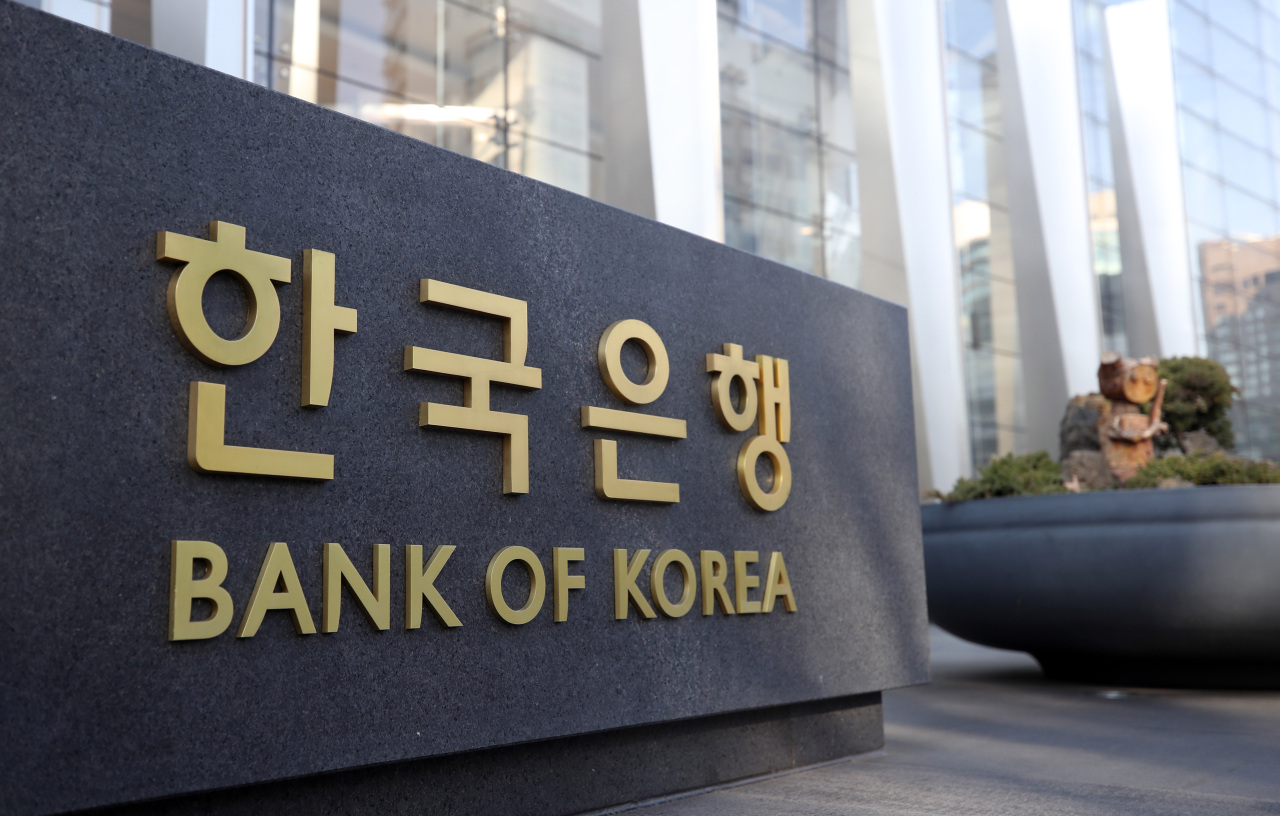The upheavals brought by the COVID-19 pandemic have hastened the challenges faced by South Korea’s central bank, from digital transformation to demand for its bigger role to strive for employment stability in carrying out monetary policies.
With the quickly changing economic and financial landscape, central banks around the world are scurrying to digitalize themselves. The People’s Bank of China recently entered the final stages of its own digital currency development and other central banks have been following in research and achievements.
The recent digital developments surrounding the global finance sector mean the Bank of Korea will soon have to take on new roles.
While the BOK has been taking a cautious stance in its own development of central bank digital currency, it has been laying the groundwork to brace for foreign issuance of central bank digital currency, or CBDC.
In a report released Monday, the BOK admitted for the first time that a CBDC was legally a fiat currency, similar to government-issued paper currencies, and that the issuance of the digital tokens here would be under the central bank’s jurisdiction.
It called for an update to the current law for issuance of CBDC, as the current one only supports the BOK’s right to issue “paper money and coins.”
The latest report hints that the BOK is bracing for the possibility of taking its plans for CBDC development beyond “virtual pilot testing” and plans to take the lead in circulation of foreign CBDC here, which is likely to take place in the near future.
Beijing reportedly plans to hand out roughly $1.5 million worth of CBDC in a limited trial, to be used in designated offline and online sites during the upcoming New Year’s holiday. This will be the third such test by the People’s Bank of China and a sign that the development has reached its final stages.
Along with the development of the CBDC, the BOK has been fighting to maintain its authority over the nation’s payment settlement system. The fast rise of electronic financial transactions has rattled and changed the system here, and the policymaking Financial Supervisory Service has been moving to gain more clout in the area.
Payment settlement is the process through which a merchant receives money paid by their end-users for a particular product or service.
Rep. Kim Ju-young of the ruling Democratic Party of Korea on Feb. 4 proposed a revision bill to bolster the BOK’s role in payment settlement, countering a bill drafted by the Financial Services Commission and proposed by Rep. Youn Kwan-suk of the Democratic Party, who chairs the parliamentary National Policy Committee.
Youn’s bill, proposed in November, includes e-payment business deregulations for big tech and fintech players and also allows the FSC an expanded range of authority for inspecting market operators in payment settlements.
The BOK immediately fired back saying that “the operation of payment settlement systems is a unique function of the central bank.”
Major economies such as the United States, European Union and Switzerland currently assign the related supervising and operating authority to their respective central banks.
In the statement tied to the latest bill reform proposal, Rep. Kim recognized the growing threat of sovereign money posed by the fast rise of fintech firms. This “increases the risk posed to the payment settlement system,” while the BOK’s legal authority has been stuck at a time when the related bills were reformed nearly two decades ago, he added.
Digitalization is not the only trend that has put BOK in a tricky spot due to the COVID-19 pandemic. With the pandemic leading to record-high unemployment rates and job losses, some experts and lawmakers have been calling for the central bank to broaden its traditional goal of price stability to cover employment stability.
Employment stability is a mandate shared by some other central banks including the Federal Reserve and the Reserve Bank of Australia, alongside priorities of maintaining stable prices and moderate long-term interest rates.
The BOK is currently treading careful steps on the matter with the monetary policy board continuing related discussions.
More than a dozen lawmakers have been pushing for the passage of “dual mandate,” but critics have warned that such move may become “meaningless.”
“South Korea’s labor market is relatively rigid, so it would be difficult to bring big change to employment indexes with the BOK’s benchmark interest rate,” Park Woong-yong, an economics professor at Seoul National University said in a recent interview with a local media.
“Instead of adding employment stability to the central bank’s mandate, it could be more effective to add stability of gross domestic product in its place,” he added.
By Jung Min-kyung (
mkjung@heraldcorp.com)








